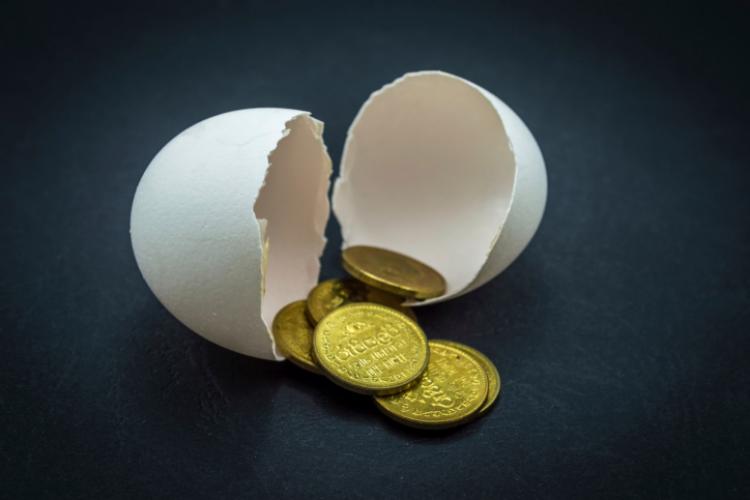A defined contribution scheme is one where pension contributions are invested over time to build up a fund which is then used to provide a retirement income. Another name is “Money Purchase” scheme.
There is no guaranteed final pension income. The level will depend on the size of the fund generated and how it is used. This is in addition to any state pension.
What factors influence the final level of pension?
Four main factors:
How much is in the fund. This will depend on the individual’s payments, payments by the employer and the length of time in the scheme. Payments into the scheme attract tax relief.
How the investments have performed. This depends on the level of risk of the investments and the performance of the economy.
The management charges made. Government research found that charges varied between 0.4% and 1% of the fund each year - though it may be more for some private schemes.
How you choose to use your pot. Under the rules introduced in the 2014 budget which came into force in 2015, people can use their pension fund in different ways. Up to 25% of the total fund can be taken as a tax free lump sum. After that there are a range of options.
- As cash. The remainder of the fund can be also be taken as cash lump sum to spend or invest elsewhere but is taxed at the individual’s “marginal” rate. This is the rate at which they pay tax so higher rate taxpayers will pay more tax than those at the standard rate. It is possible that the sum taken from the pension pot may take the individual into a higher tax bracket.
- As draw down. This is where the most of the pension pot remains invested but the individual “draws down” an annual income. There are rules governing how much can be taken.
- As an annuity. an investment entitling you to a fixed annual income. The amount of income bought by an annuity has steadily declined over recent years but it may rise again in the future. Individuals can choose various options in an annuity including benefits for dependents and index linking but they reduce the annual payment.
You should always speak to an independent adviser before deciding which option to take.
It is important to note that although all of these options are allowed by law, each individual pension scheme may not necessarily offer all of them. When considering your retirement options, you should explore what options are available through your pension fund.
If they do not offer an option you wish to avail of, then you can explore transferring your pension to another provider who will offer that option.
Different types of defined contribution schemes
Personal pension plans are where only the individual pays into the plan. They were traditionally taken out with private companies and were the only route for the self-employed. The new National Employment Savings Trust Scheme (NEST) offers an alternative but there is an annual contribution limit. More information can be sourced at the NEST website.
Occupational schemes are those where both the employee and the employer pay into the fund. There are different forms. Some companies have their own scheme with employee trustees. Others provide a service through a private pension provider, often known as Group Personal Pensions. Whilst the employer contributes, the contract is between the individual and the provider.



